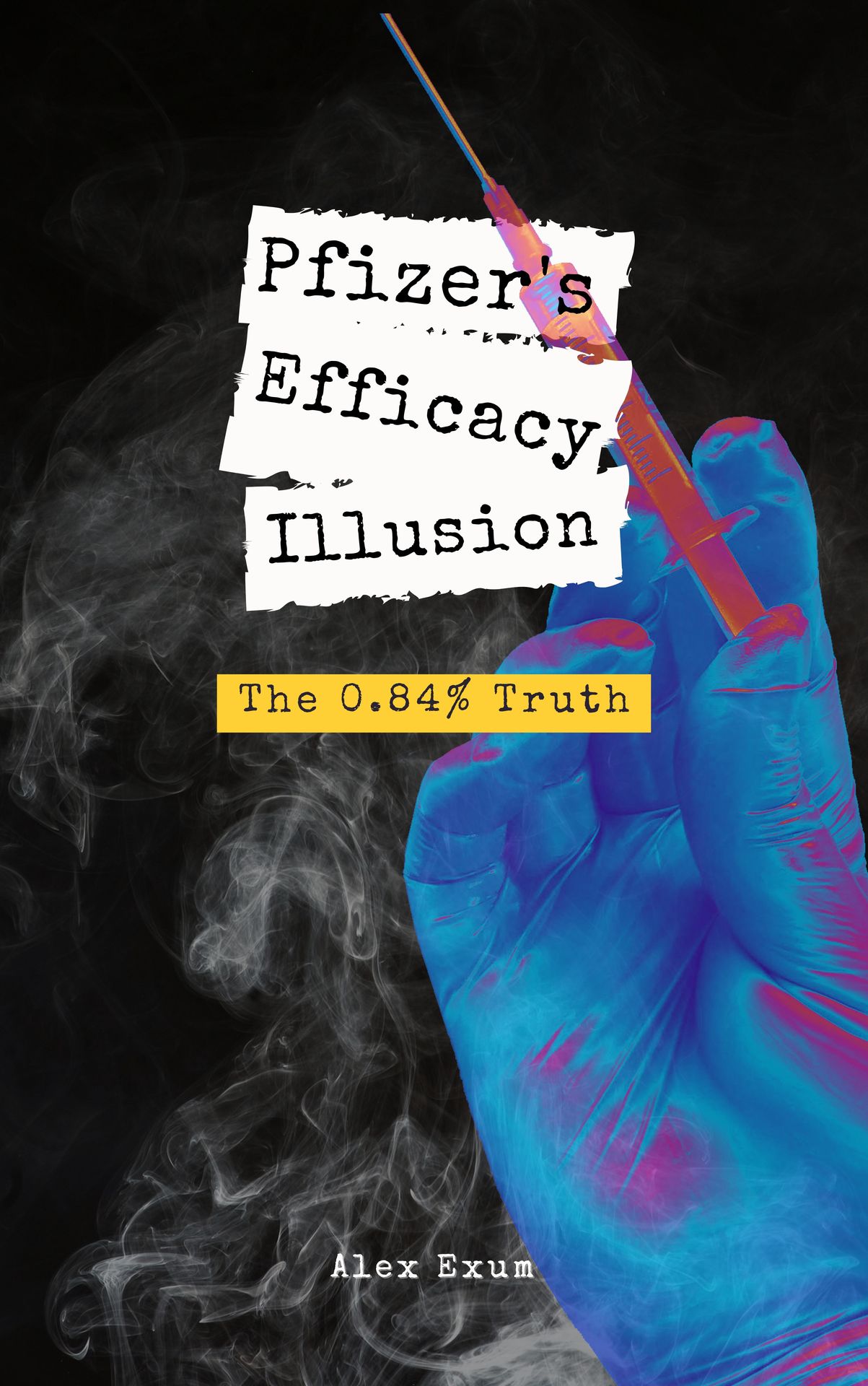In the realm of medical research and public health, statistics play a pivotal role in evaluating the efficacy and safety of interventions like vaccines. However, the intricacies of statistical presentation can sometimes lead to confusion, misinformation, and misunderstandings. One such critical aspect is the distinction between relative and absolute risks, which can significantly impact our understanding of vaccine effectiveness. In this article, we will delve into the differences between these two concepts and highlight why absolute risk reduction is essential for accurately assessing the impact of vaccines.
The Misleading Power of Relative Risks
Relative risk (RR) is a commonly used statistic that compares the risk of an event occurring in one group to the risk in another group.
For example, in vaccine studies, the relative risk reduction is often reported to showcase the percentage decrease in the likelihood of a particular outcome (e.g., infection) among those who received the vaccine compared to those who did not.
While this might seem like a straightforward way to convey vaccine effectiveness, it can be misleading, and here's why:
1. Base Rate Fallacy: Relative risks do not take into account the underlying risk of the event in question. When dealing with rare events, a large relative risk reduction might lead us to believe that the intervention has a significant impact, even if the absolute risk reduction is minimal.
2. Misinterpretation of Magnitude: A high relative risk reduction percentage might grab headlines and attention, but without knowing the actual baseline risk and the absolute reduction, it's challenging to understand the true significance of the intervention.
3. Context Matters: The relative risk reduction can vary depending on the population studied and the specific outcome measured. This can make it difficult to compare different studies or interventions solely based on relative risk values.
RealRisk takes results from research that are expressed as relative risks, odds ratios. or hazard ratios, and calculates absolute risks which are often more useful or understandable to the general public. https://realrisk.wintoncentre.uk
The Significance of Absolute Risk Reduction
Absolute risk reduction (ARR), on the other hand, is a measure that provides a clearer picture of the impact of an intervention by focusing on the actual reduction in risk attributable to the treatment. ARR takes into account the baseline risk and calculates the difference in risk between the treated and untreated groups. Here's why absolute risk reduction is critical in understanding vaccine effectiveness:
1. Real-World Impact: ARR tells us the actual number of people who benefit from the intervention. This is especially important in large-scale interventions like vaccination, where even a modest decrease in risk can translate to a significant number of prevented cases.
2. Informed Decision-Making: Patients and the general public need accurate information to make informed choices about their health. Understanding absolute risk reduction enables individuals to gauge the personal impact of a vaccine or treatment, rather than relying on potentially misleading relative risk percentages.
3. Comparability: Absolute risk reduction allows for meaningful comparisons between different interventions or studies, as it provides a standardized measure that takes into account the underlying risk.
Putting It All Together: Vaccine Effectiveness
Consider a hypothetical vaccine study reporting a relative risk reduction of 50%. At first glance, this might seem impressive. However, if the baseline risk of infection is only 2%, the absolute risk reduction would be just 1%. This means that out of 100 people, the vaccine would prevent 1 infection. While the relative risk reduction may grab attention, the absolute risk reduction offers a more accurate and relatable perspective.
In the world of medical research, statistics are powerful tools that can guide decision-making, policy formulation, and public health strategies. However, the distinction between relative and absolute risks is often overlooked, leading to misunderstandings about the true impact of interventions like vaccines. While relative risks may be eye-catching, absolute risk reduction provides a more meaningful and accurate assessment of the actual benefits of a treatment or intervention. As consumers of medical information, it's essential to demand a clear understanding of both these measures to make well-informed decisions about our health and well-being.

P.S. For more on Your Key to Unraveling Vaccine Effectiveness, get my book Pfizer's Efficacy Illusion: The 0.84% Truth

The Smoking Gun Even Doctors Don't Understand: Relative vs Absolute Risks - Why Relative Risks Are Misleading